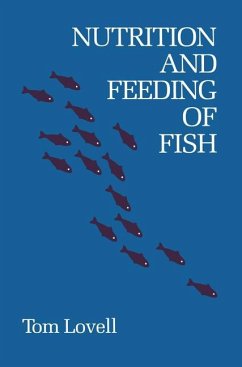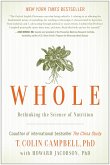Aquaculture is more than a science in its infancy; it is now recognized as a viable and profitable enterprise worldwide. It will continue to grow and supply an increasingly larger percentage of fishery products consumed because the oceans are inadequately managed and their yield is unpredictable. Supply, price, and quality can be controlled more effectively when fish are cultured under managed conditions, like corn in a field. As aquaculture technology has evolved, there has been a trend toward higher yields and faster growth which has necessitated enhancing or replacing natural foods with prepared diets. In many aquaculture operations today, feed accounts for over half of the vari able operating cost. Feeding fish in their aqueous environment takes on dimensions beyond those considered in fee ding land animals; the nutrient requirements, feeding practices, and feeding environment are unique for fish. Knowledge on nutrition and practical feeding of fish is essential to successfulaquaculture. This book is intended to be helpful to students, scientists, practic ing nutritionists, and aquaculturists. It covers the known nutrient requirements and deficiency effects for various fishes. It discusses nu trient sources and preparation of research and practical feeds. It gives direction for designing and conducting fish nutrition and feeding ex periments. Feeding practices for several commercially important fishes representing diverse culture systems (coldwater fish, warm water fish, crustaceans, pond cultures, and highly artificial cultures) are presented. One book, of course, cannot be all-encompassing in the area of fish nutrition and feeding.
Bitte wählen Sie Ihr Anliegen aus.
Rechnungen
Retourenschein anfordern
Bestellstatus
Storno








